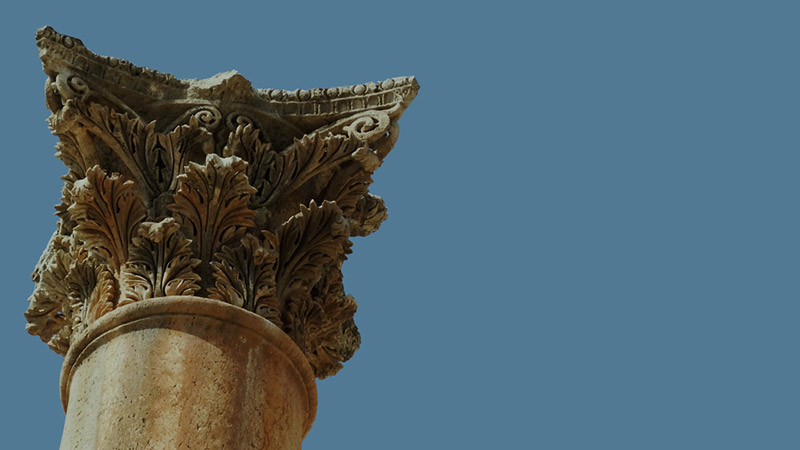More Results
Showing 12 of 216
Articles

Province of Asia Minor
The Province of Asia MinorThe remains of the towns and villages of Galilee give evidence to the simple lifestyle of the Jewish people of the first century. Few were wealthy but most were hardworking people living comfortable lives as extended fami...
MORE
Rabbi and Talmidim
Rabbi and TalmidimThe people of Galilee were the most religious Jews in the world in the time of Jesus. This is quite contrary to the common view that the Galileans were simple, uneducated peasants from an isolated area. This perspective is probab...
MOREEncyclopedia

Preparation for Jesus
God's covenant with Abraham demonstrated the promise of God. He declared his commitment to the Israelites by walking the bloodpath to make a covenant with Abraham and his descendants.The table of the Ten Commandments sealed the relationship betwee...
MORE
Quiet Waters in the Wilderness
After the rainy season and floods have passed, pools of water remain in the wadis, providing life to wilderness inhabitants.This pool in Wadi Zin in the Negev is a beautiful illustration of the still waters to which the shepherd guides his sheep. ...
MORE
Qumran
Qumran served as a study site for the Essenes, a Jewish sect existing in Jesus' day. Located at the edge of the Judea Wilderness, Qumran was an isolated community. The Essenes could live out their beliefs in separation from other religious groups ...
MORE
Roman Statue
The second commandment forbade making images. Hellenistic culture glorified the human form. These two world views clashed in the days of Herod as he tried (and largely succeeded) to mold his kingdom into a Hellenistic one. He imported great number...
MORE
Ruins of Capernaum
This aerial view shows the remains of Capernaum, a small village on the northern shore of the Sea of Galilee ("Capernaum" comes from the Hebrew Kfar Nahum, which means "Nahum's Village"). Jesus chose this place as the hub of hi...
MORE
Sardis Definition
- Sardis stood in the middle of the Hermus River Valley, just over fifty miles east of the Mediterranean Sea in what is now the country of Turkey. The main east-west trade route came through this valley.- On a spur of Mount Tmolus, on the north si...
MOREGlossary

Potter's Workshop Definition
Here, archaeologists have found a basin for preparing clay, a base for a potter's wheel, and two kilns. The clay jars, which helped to preserve the Dead Sea Scrolls for nearly two thousand years, were probably made here.
MORE
Qumran Definition
A small community near the northern end of the Dead Sea, inhabited from 130 BC to AD 70, probably by the Essenes. The Dead Sea Scrolls were found near this settlement.
MORE



















